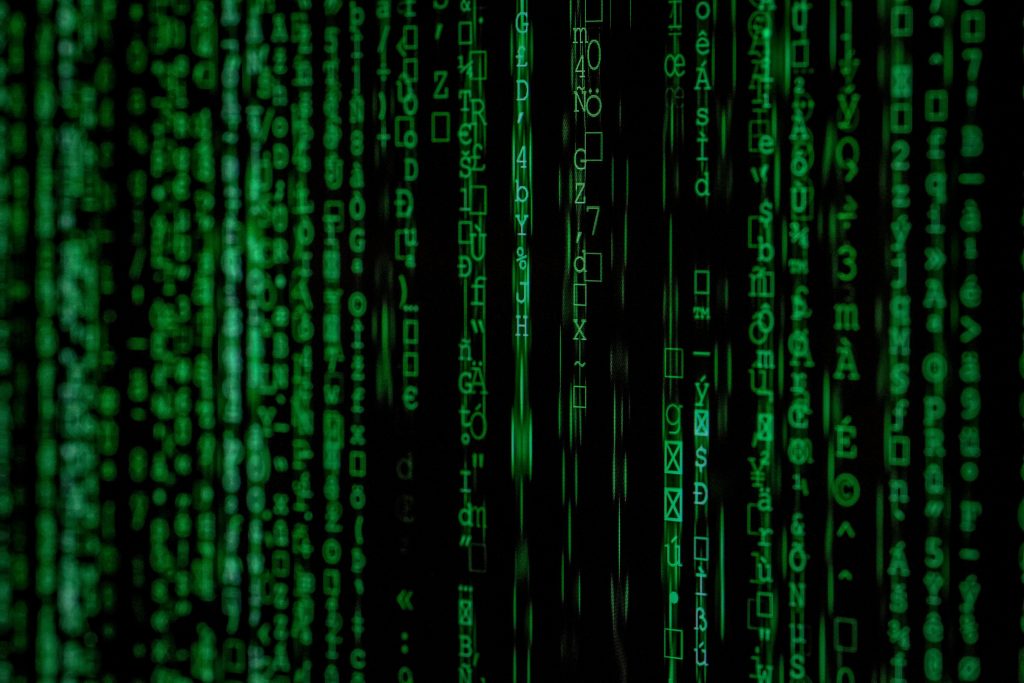Navigating the Frozen Realm: What to Do When Your Laptop Screen Goes Black but the Cursor Moves
The digital age brings convenience right to our fingertips, but it also means we occasionally face the odd technical hiccup. One such problem that leaves users puzzled and frustrated is when a laptop’s screen turns black, yet the cursor remains active, gliding effortlessly across an otherwise useless screen. In this post, we will delve deeper into the causes of this issue, potential solutions, and preventative measures to keep your tech running smoothly.
Understanding the Issue
The Symptom Breakdown
Picture this: You’re in the midst of transferring critical data from your phone to an external hard drive through your computer. Somehow, the process hits a snag—like accidentally hitting the ‘copy’ button instead of ‘move,’ and the subsequent attempt to cancel the operation goes awry. Suddenly, the screen turns black, but the cursor is visible and movable. Despite trying multiple shortcuts to bring functionality back, the dilemma persists, often prompting a hard reset that only brings back the familiar black void.
Potential Causes
Several issues could lead to this predicament:
- Graphics Driver Glitches: Outdated or corrupted graphics drivers can lead to display issues, including a black screen.
- System Updates Gone Wrong: Inconvenient timing between systems updates and your tasks can cause brief conflicts, leading to screen display issues.
- Explorer.exe Crashing: Windows Explorer—responsible for the graphical interface—might crash, leaving you with a black screen.
- Display Switch: Accidentally activating display switching (especially on laptops) can redirect the output to a non-existent external monitor.
- Hardware Malfunction: A loose cable or failing component (like a GPU) might struggle to communicate with the display.
Troubleshooting Steps
Rest assured, with a systematic approach, this issue can often be resolved without professional aid. Here’s a step-by-step guide:
1. Perform a Soft Reset
Before diving into complex solutions, restart the device. Disconnect all peripherals and press the power button to shut down. After a brief pause, restart your machine to check if the issue resolves.
2. Reconnect All Peripherals
Sometimes, the problem lies in the peripheral connections interfering with the display. Ensure all connections are secure if you’re using additional monitors, and disconnect all external devices temporarily.
3. Check for Display Switch Errors
On laptops, pressing the wrong key might trigger the system to switch display modes. Experiment with the function keys (often marked with a monitor icon) to revert to built-in display settings.
4. Restart Windows Explorer
If the problem persists, restarting Windows Explorer through the Task Manager may help:
– Press Ctrl + Shift + Esc to open Task Manager.
– Under the “Processes” tab, scroll to find “Windows Explorer.”
– Right-click and select “Restart.”
5. Update Display Drivers
Use another device to download the latest graphics drivers (ensuring compatibility). A detailed process is as follows:
– Use Ctrl + Alt + Del and open Task Manager.
– Under “File,” select “Run new task” and input devmgmt.msc to open Device Manager.
– Navigate to “Display adapters,” right-click on your driver, and select “Update driver.”
6. Boot in Safe Mode
Safe Mode can assist in determining if other programs are causing the issue:
– Boot into Safe Mode (usually by pressing F8 during startup).
– If the display returns to normal, reboot again in normal mode.
7. Check Hardware Components
Investigate whether physical components like RAM or the hard drive are loose. This requires some technical knowledge and should be done cautiously to avoid further damage.
Preventative Measures
Routine Updates
Always keep system and driver updates on schedule. Outdated Software is a common substrate for many tech troubles.
Backup Important Files
Regular backups protect against unexpected failures. Utilize cloud services or external hard drives to store duplicates of essential data.
Antivirus and Cleanup
Malware can sometimes cause operating system malfunctions. Use reliable antivirus Software and periodically clean your system to prevent clutter that can impact performance.
Handle Peripherals Gently
Connected devices such as printers, phones, or external drives should always be ‘ejected’ properly before removal to prevent system confusion and errors.
When to Call for Professional Help
If, after numerous attempts, you’re unable to restore the display, it might be a sign of deeper hardware issues that require a professional touch. Reach out to a certified technician to avoid potential damage to your machine.
Conclusion
While a black screen with a moving cursor can be daunting, arming yourself with troubleshooting knowledge eases the task of bringing your device back to life. A step-by-step approach, coupled with preventive measures, will keep you and your technology on a smooth path toward productivity. Whether you’re a digital native or a tech novice, these solutions offer a solid foundation for overcoming one of the many challenges of modern tech use.
Share this content:




Response
Great article! The issue of a black screen with a movable cursor can certainly be frustrating, but you’ve provided a thorough breakdown of potential causes and solutions. I’d like to add a couple of points that might help users experiencing this problem:
Additionally, always ensure that your laptop’s cooling system is functioning properly. Overheating can often lead to unexpected behaviors, including display issues. Keeping your device clean of dust